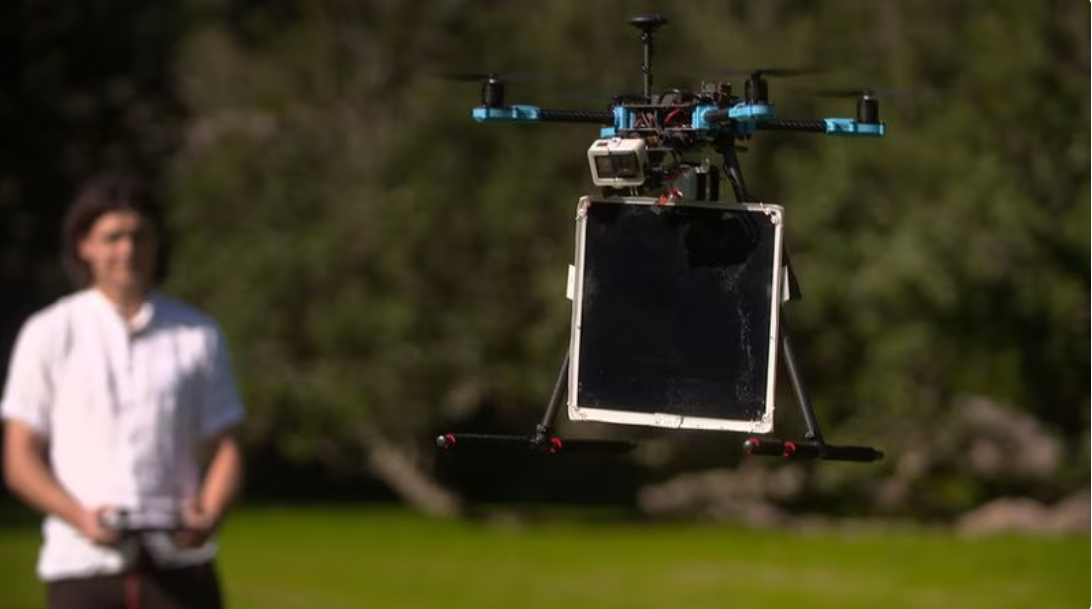Potential game changer
The following includes excerpts from Kim Baker Wilson, 1 News
From a distance it looks almost like any other drone. But a large black panel on a prototype developed by an Auckland startup makes this one a little different, in a big way.
“We’re one of the few companies in the world to deliver this technology for light-based energy transmission,” said Aquila CEO and co-founder William Jeremijenko.
It’s light that is invisible to the eye.
But they’re using it to charge the drone while it flies, opening the doors for a raft of possibilities in the future.
“You can imagine having this on agricultural sites or mining sites where you’ve got a lot of moving platforms,” Jeremijenko told 1News.
“They need an energy source and you can have that energy supplied continuously by beams of light.”
The ultimate goal, as he puts it, is to make an “internet of energy” – a network of satellites to send power from where it’s generated to where it’s needed.
Eventually they hope to send the power to electric planes flying internationally.
“So with this directed energy capability you can all of a sudden create these networks that can serve any imaginable application,” Jeremijenko said.
And the hope is it can be done within a decade, helped along by AUD$3 million (NZ$3.2 million) recently secured in funding.
Their solution involves a “lighthouse” module that can direct a beam of light to a receiver, in this case on the prototype drone.
The receiver is in effect a specialised solar panel that can work with the specialised light. It can deliver more than what solar can.
“So think of autonomous aerial vehicles, or boats, or submarines just staying forever, that’s the goal,” fellow co-founder Nelson Smith said.
“The biggest reasons we can’t transition to renewables is electrical propulsion just isn’t good enough yet.
“However if we can charge things mid-flight suddenly all those barriers just evaporate.”
The team is working to make safety a key part of the whole design.
“For me to put it in front of people, it has to be safe… we have to be so confident that it’s not even going to hurt a bird, let alone a person,” said Smith. “And it’s working beautifully so far.”
7 August 2023
